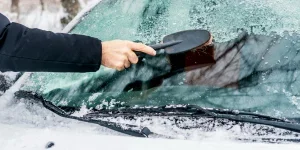As winter approaches, one of the most common challenges drivers face is removing ice from the windshield. Not only is this task crucial for safety, but it also requires a certain level of finesse to avoid damaging your vehicle. This comprehensive guide will walk you through the most effective strategies to remove ice, ensuring a clear view and safe driving conditions. From traditional methods to innovative solutions, we’ll cover the essential techniques every driver should know.
Table of Contents:
– Understanding the basics of windshield ice
– Safe methods to remove ice from your windshield
– Preventive measures to avoid ice buildup
– Tools and accessories for ice removal
– Common mistakes to avoid when removing ice
Understanding the basics of windshield ice:
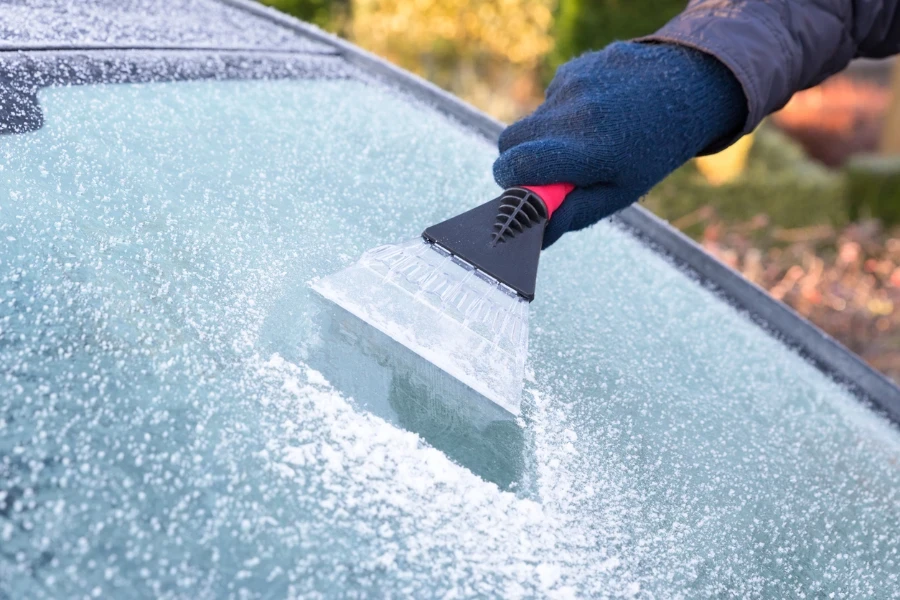
Ice formation on windshields is a common phenomenon in cold weather, primarily due to condensation and freezing temperatures. Understanding the science behind ice formation can help you choose the most effective removal method. It’s essential to recognize that ice can bond strongly to the glass, making it challenging to remove without the right technique. This section will delve into the types of ice you might encounter and the factors that contribute to its formation.
Safe methods to remove ice from your windshield:
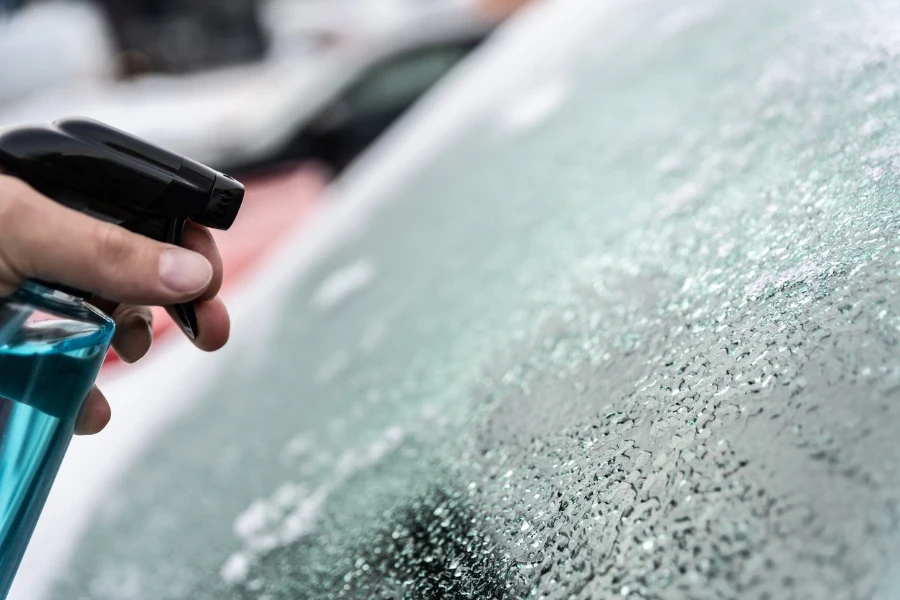
Removing ice from your windshield requires patience and the right approach to prevent damage. One effective method involves using a mixture of water and isopropyl alcohol, which lowers the freezing point and helps break the ice’s bond with the glass. Additionally, utilizing a plastic scraper designed for windshields can help chip away at the ice without scratching the glass. We’ll explore these and other safe techniques in detail, providing step-by-step instructions to ensure clarity and effectiveness.
Preventive measures to avoid ice buildup:
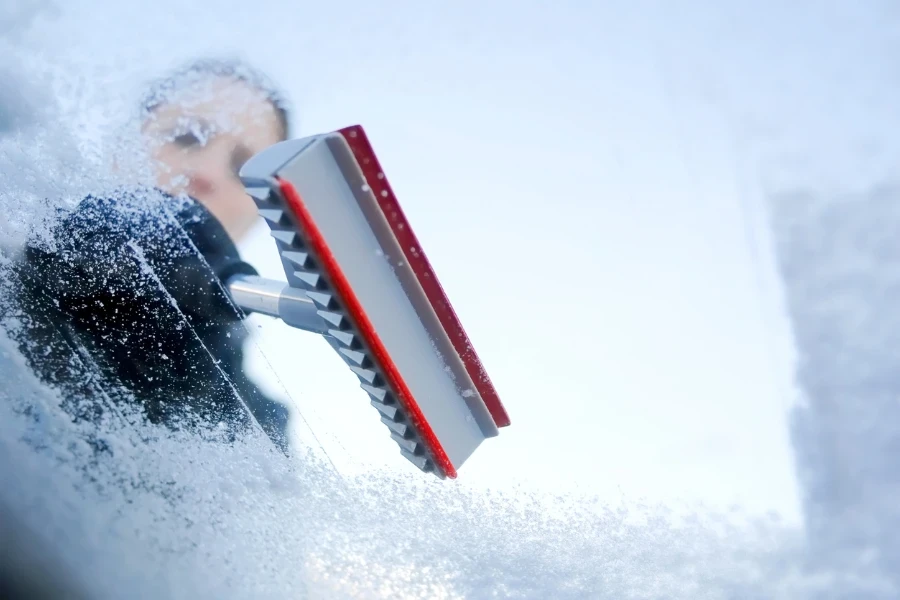
Prevention is often the best strategy when it comes to dealing with ice on your windshield. Covering your vehicle with a windshield cover overnight can significantly reduce ice formation. Applying a hydrophobic coating to the windshield can also prevent water from bonding and freezing. This section will offer practical tips and strategies to minimize ice buildup, making your mornings smoother and less frustrating.
Tools and accessories for ice removal:
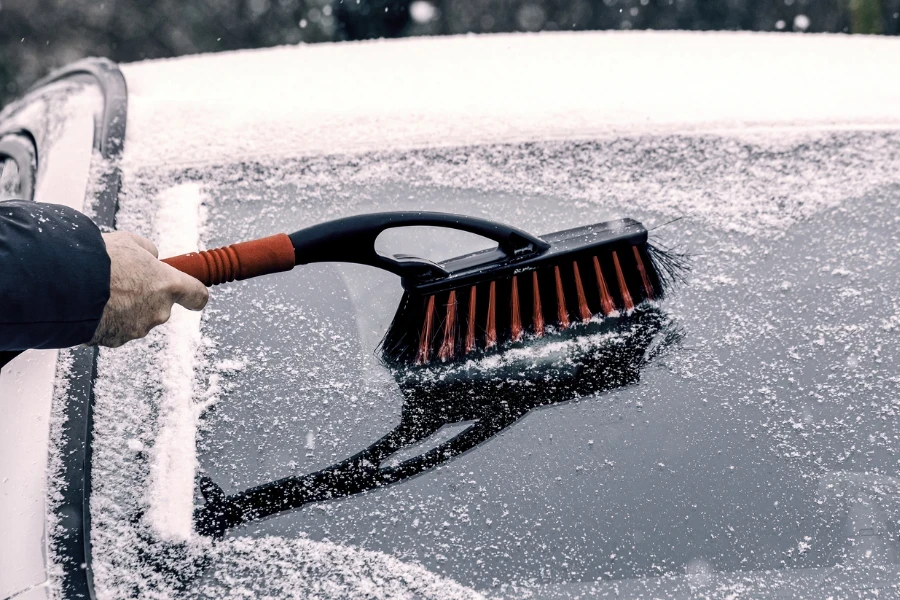
Having the right tools at your disposal can make a significant difference in the efficiency and safety of ice removal. From electric heated scrapers to high-quality de-icing sprays, various products are designed to simplify this task. We’ll discuss the most effective tools and accessories, highlighting their features and how to use them properly. This information will help you build a toolkit that suits your needs and preferences.
Common mistakes to avoid when removing ice:
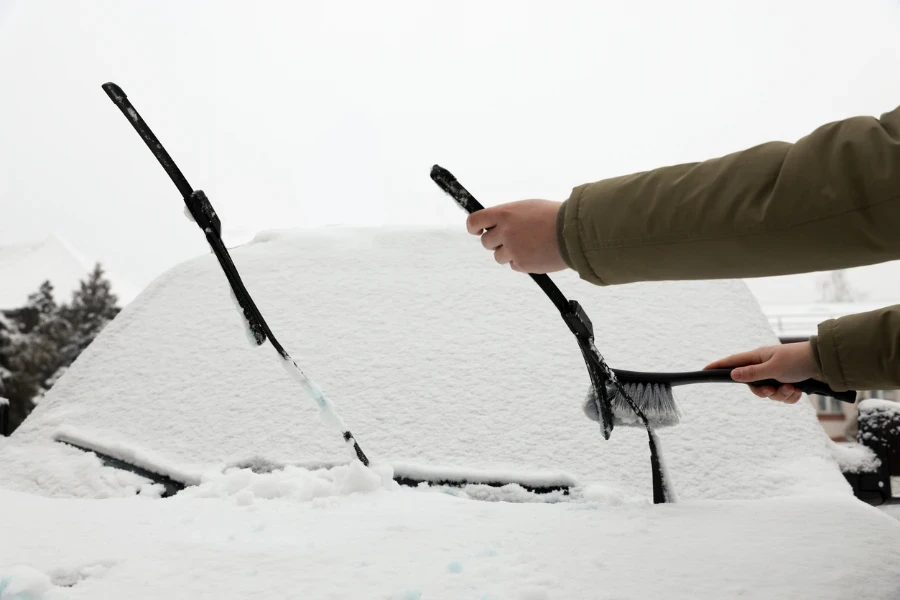
In the eagerness to clear ice quickly, it’s easy to make mistakes that could damage your windshield or reduce visibility. Using hot water, for instance, can cause the glass to crack due to thermal shock. Similarly, using metal scrapers or other abrasive tools can scratch the glass, compromising its integrity. This section will outline the most common pitfalls and how to avoid them, ensuring that your ice removal process is both safe and effective.
Conclusion:
Removing ice from your windshield is a crucial winter task that demands attention and care. By understanding the basics of ice formation and employing safe, effective removal methods, you can ensure a clear view and safe driving conditions. Remember to utilize the right tools and accessories, take preventive measures to minimize ice buildup, and avoid common mistakes that could lead to damage. With patience and the right approach, you can conquer the challenge of windshield ice, making your winter driving experience safer and more enjoyable.
